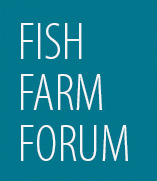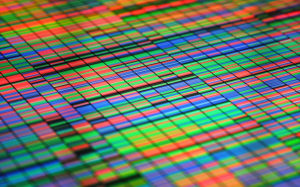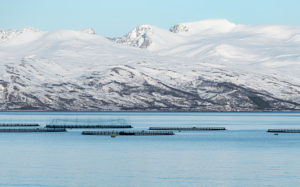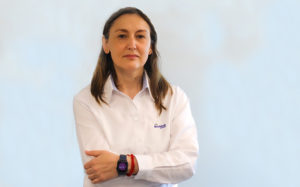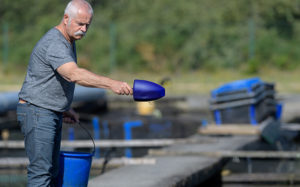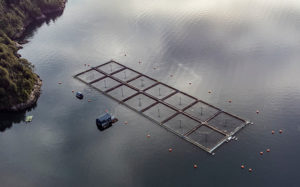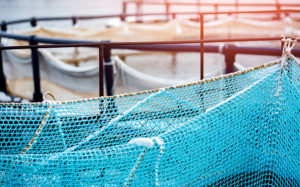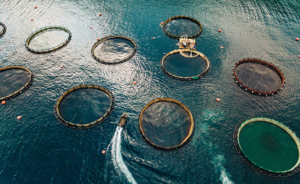The value of veterinarians in ensuring sustainability for Africa’s fast-growing aquaculture industry
Sub-Saharan Africa is enjoying an aquaculture boom — with fish health and welfare services moving in turn to meet the sector’s needs and ensure sustainable growth. In an interview, veterinarian Brandon Spolander, BVSc, MRCVS, SAVC, MSc, owner of Aquavet Africa, talks about engaging with the growing industry and addressing important gaps.
Fish Farm Forum is pleased to host this editorial page on behalf of Pharmaq.
PHARMAQ
SPONSOR
Study tracks salmonid alphavirus transmission in Norwegian aquaculture
New genomic analysis of salmonid alphavirus subtype 2 (SAV2) samples from Norway has shed new light on how the pathogen has spread through the country since its introduction in 2010.
Distinct bacterial variants make winter ulcer diagnostics ever-more important
A complex genetic picture is posing problems for Norwegian salmon farmers managing stocks affected by winter ulcer.
Vaccines and smart sea lice control helping Chilean salmon giant improve sustainability
Salmon rickettsial septicemia and Caligus sea lice are two of the major concerns affecting salmon production in Chile. Thanks to new approaches in fish-health management, Blumar Seafoods is successfully limiting their impact.
Measurement and environment are key to fish welfare
In the last decade, fish welfare has become a prominent driver of aquaculture operations. Angela Ashby, head of clinical services at PHARMAQ Analytiq, believes that the engagement of production staff in this area remains underappreciated.
Novel parasiticide part of quest for long-lasting sea lice control in Chile
Currently, almost all Atlantic salmon producers affected by caligidosis have incorporated Alpha Flux as a useful and effective tool in their parasite-control strategy.
Tracking salmon through production offers new insight into gill disease
Gills coinfected with three or more pathogens is the “norm” in Western Norway’s salmon aquaculture, new field data suggests — but Neoparamoeba perurans is that which appears to be predominantly linked with gill disease.
New system to assess gill disease could help salmon producers
Gill disease in Atlantic salmon is caused by a number of pathogens and has different clinical and pathological signs. This means that to date, there has been no standardized methodology developed for field diagnosis, despite the fact that gill health issues are a growing concern for salmon producers in all the major salmon-producing nations.
Non-medicinal delousing approaches cause damage to salmon gill tissue
New research shows that thermal and mechanical delousing techniques used in Atlantic salmon aquaculture can cause damage to gill tissue, though the health impacts of this on farmed fish remain unknown.
